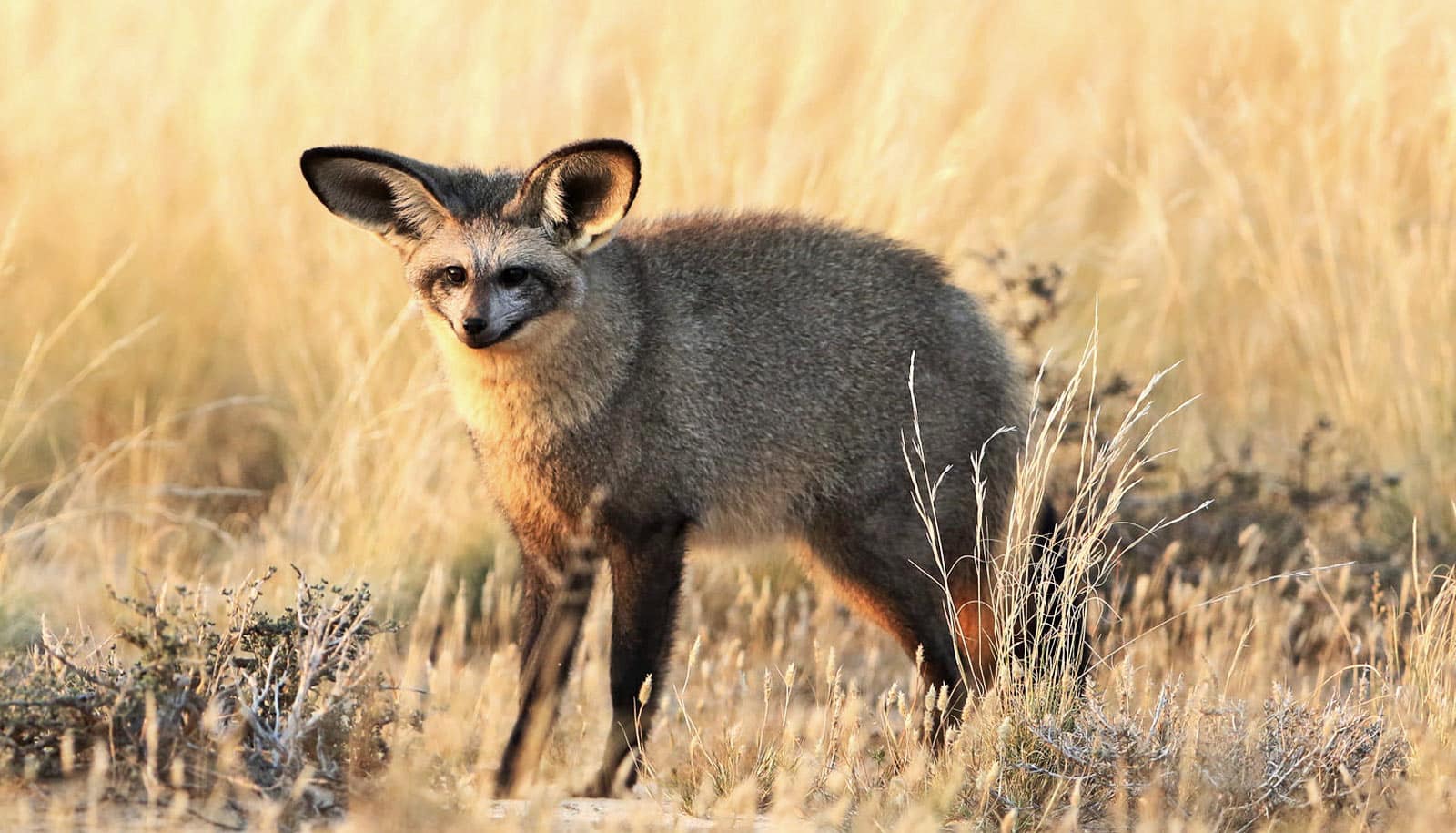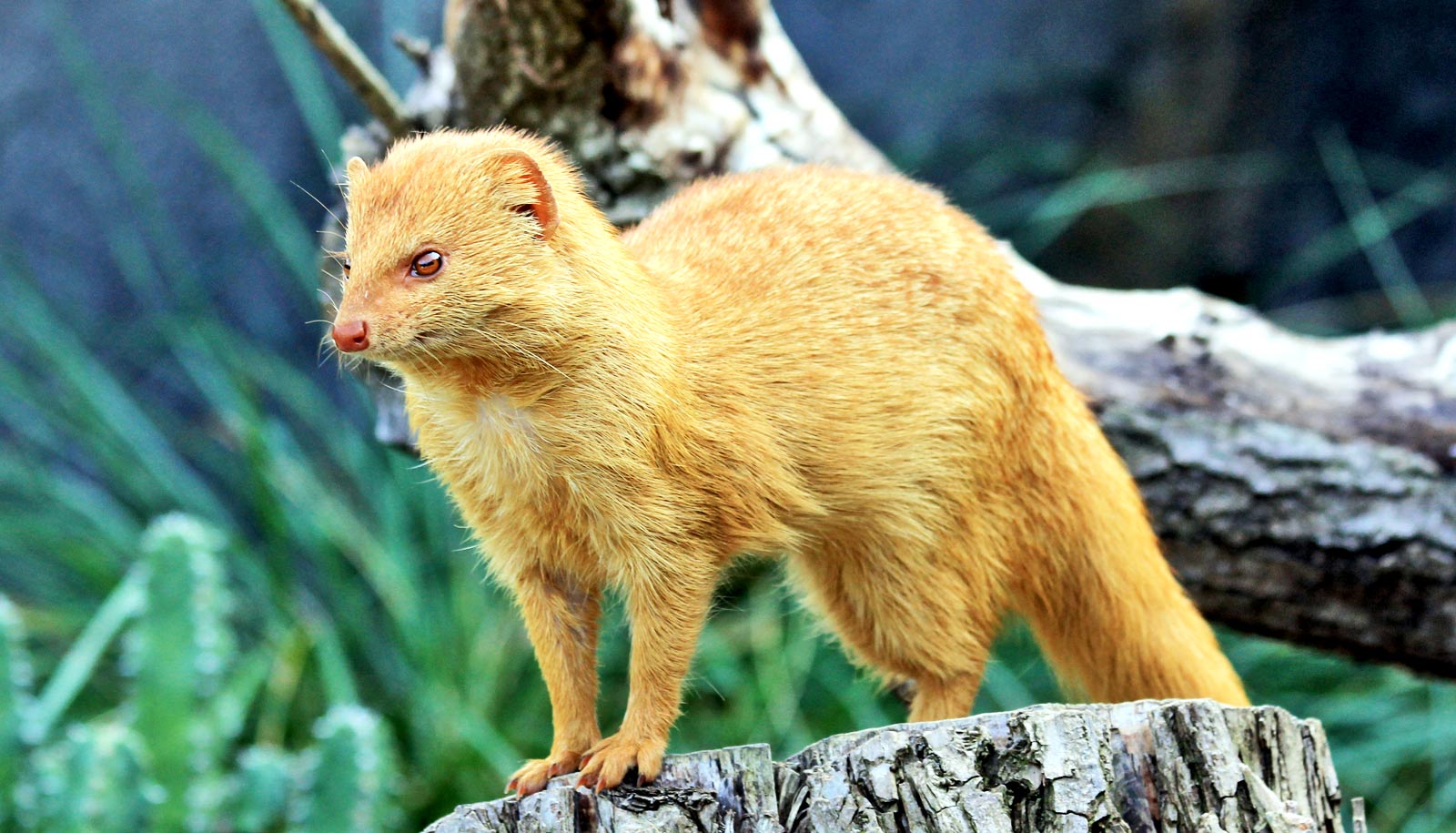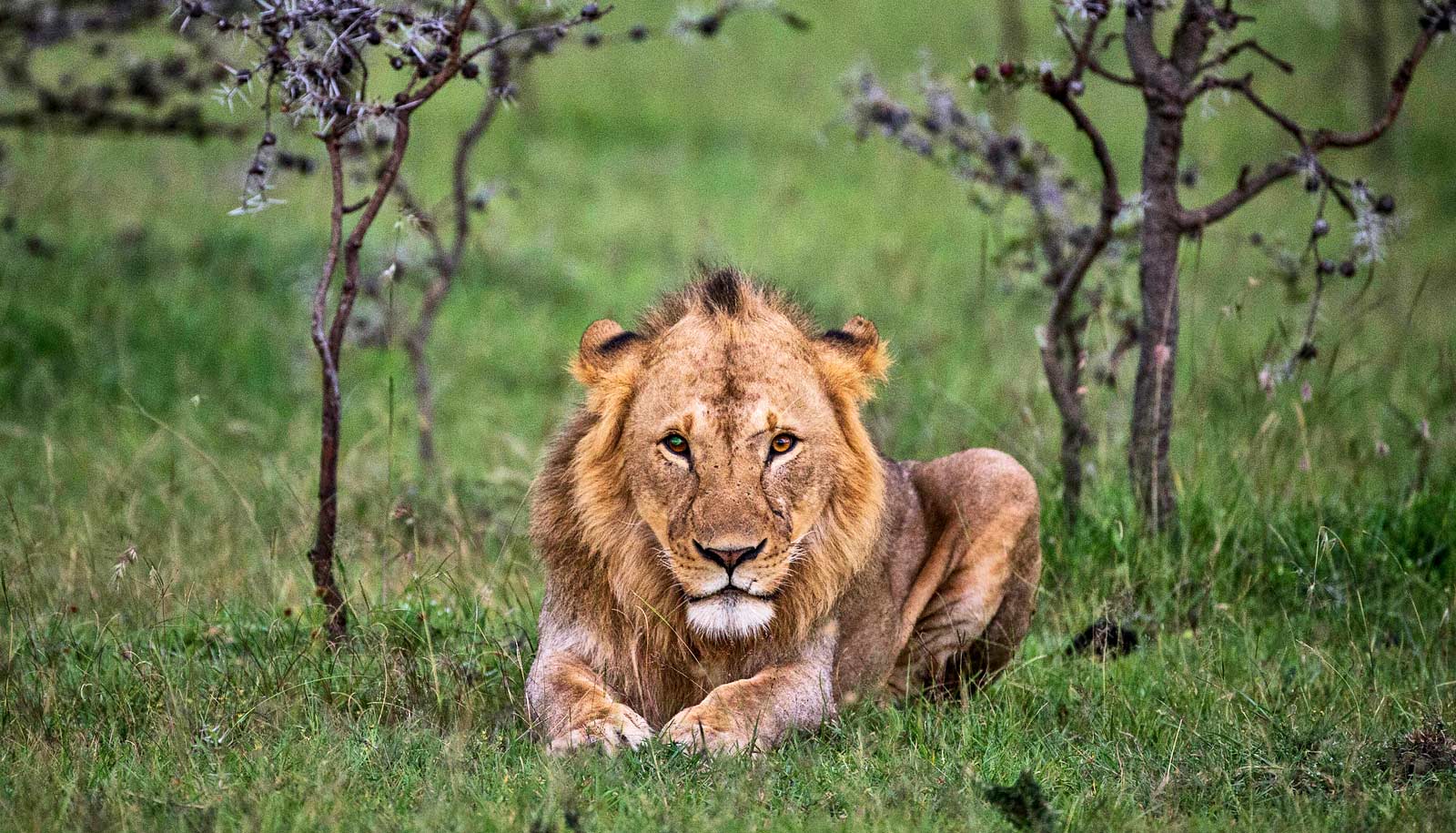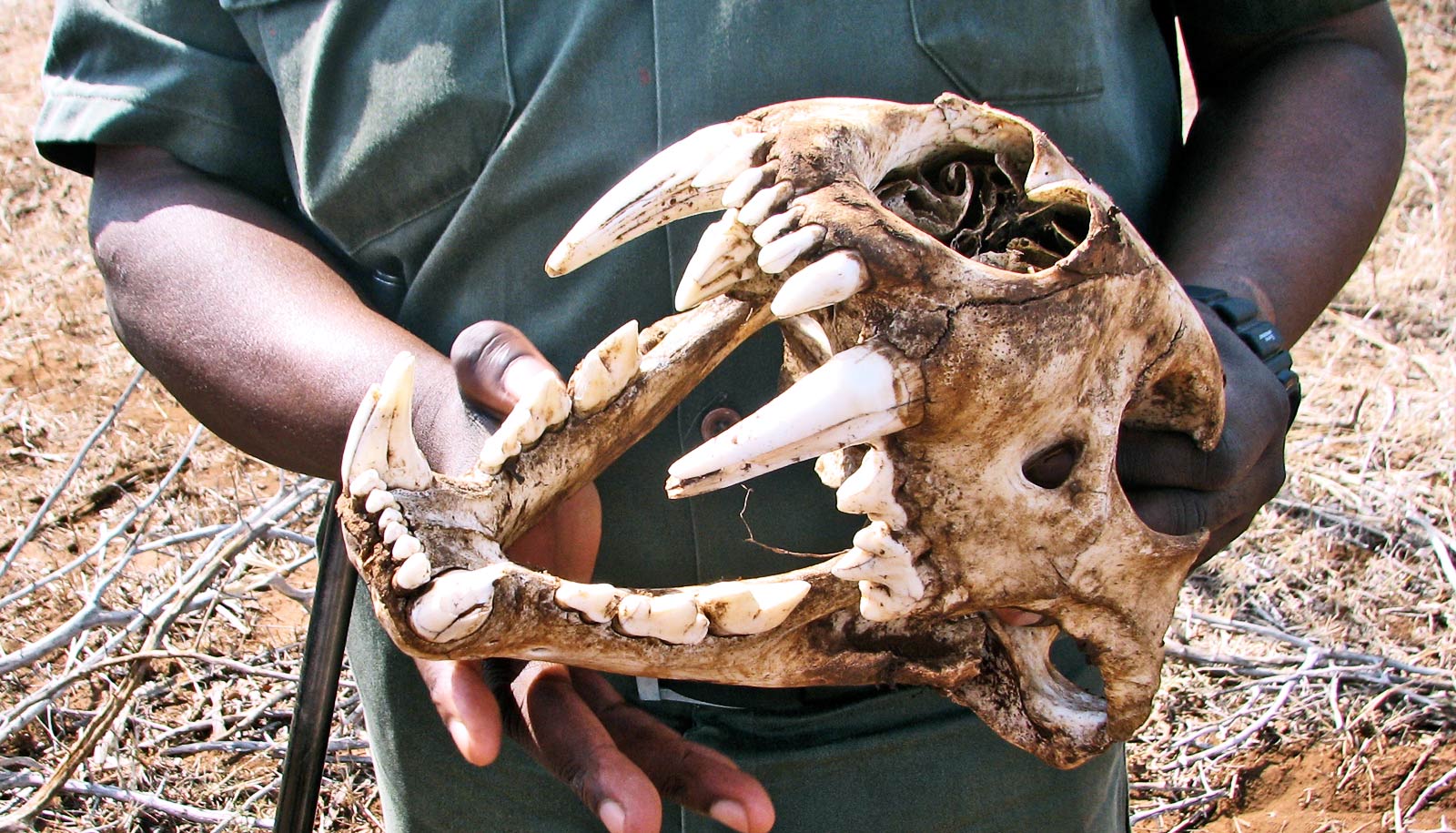Does the presence of more humans equate to fewer African carnivores? Not necessarily.
New research in Ecological Applications shows that some species decrease while others increase, which reveals how varying conservation and management policies can affect carnivores.
Matthew Farr, a quantitative ecologist at Michigan State University and lead author of the study, sought to evaluate how human disturbance and differential management influenced a community of carnivores in Kenya’s Masai Mara National Reserve.

Pristine or disturbed
The Mara River divides the Kenyan reserve into two sections. On the western side, known as the Mara Triangle, stricter enforcement policies result in low levels of human disturbance, which keep the area relatively pristine. A subsection of the eastern side, known as the Talek region, however, experiences many human incursions, from cattle herders to throngs of tourists.
The stark differences are visible in Google Earth, which shows multiple trails carved into the Talek region where cattle commute to graze.
“Lions have responded negatively to the increased human activity, and sightings have decreased in the Talek region,” Farr says. “On the other hand, hyenas are thriving in disturbed Talek. We were interested in understanding how other species may be responding to these anthropogenic changes and how the carnivore community as a whole is faring.”

The ‘carnivore community’
Farr and colleagues examined how human disturbance influences the carnivore community. The team observed nine other carnivores, including banded mongooses, bat-eared foxes, black-backed jackals, cheetahs, slender mongooses, leopards, caracals, servals, and side-striped jackals, in addition to lions and hyenas.
“Analyzing data for a full community is tricky,” Zipkin says. “Many carnivore species are rare and difficult to detect, but we wanted to use all the information we had to get a full picture of the effects of human disturbance.”
Using records from all observations, the team created a model, linking abundance data for each species. The shared information across the carnivore community helped inform the model for the rarer animals, where data are sparse. It was this model, in fact, that confirmed the discrepancies between individual species’ responses to human disturbance.
“Our model indicated that passive enforcement of wildlife regulations and policies in the Talek region is having adverse effects on many of the carnivores,” Farr says. “Specifically, bat-eared foxes, leopards, lions, and servals are suffering when compared to the active-enforcement approach within the Mara Triangle.”
However, the model also shows that carnivores don’t react uniformly to blanket conservation policy. Hyenas and black-backed jackals are thriving in the Talek region in the face of high human disturbance.
Land managers now have important information on how management practices can differentially affect carnivores. The results from this research will help drive conservation efforts in the Talek region, which are already improving due to changes in management. The number of cattle grazing has gone down dramatically, and the lions are starting to return to the region.
Source: Michigan State University

